Vitra celebrates Ettore Sottsass’ legacy as a design rebel, poet, and photographer
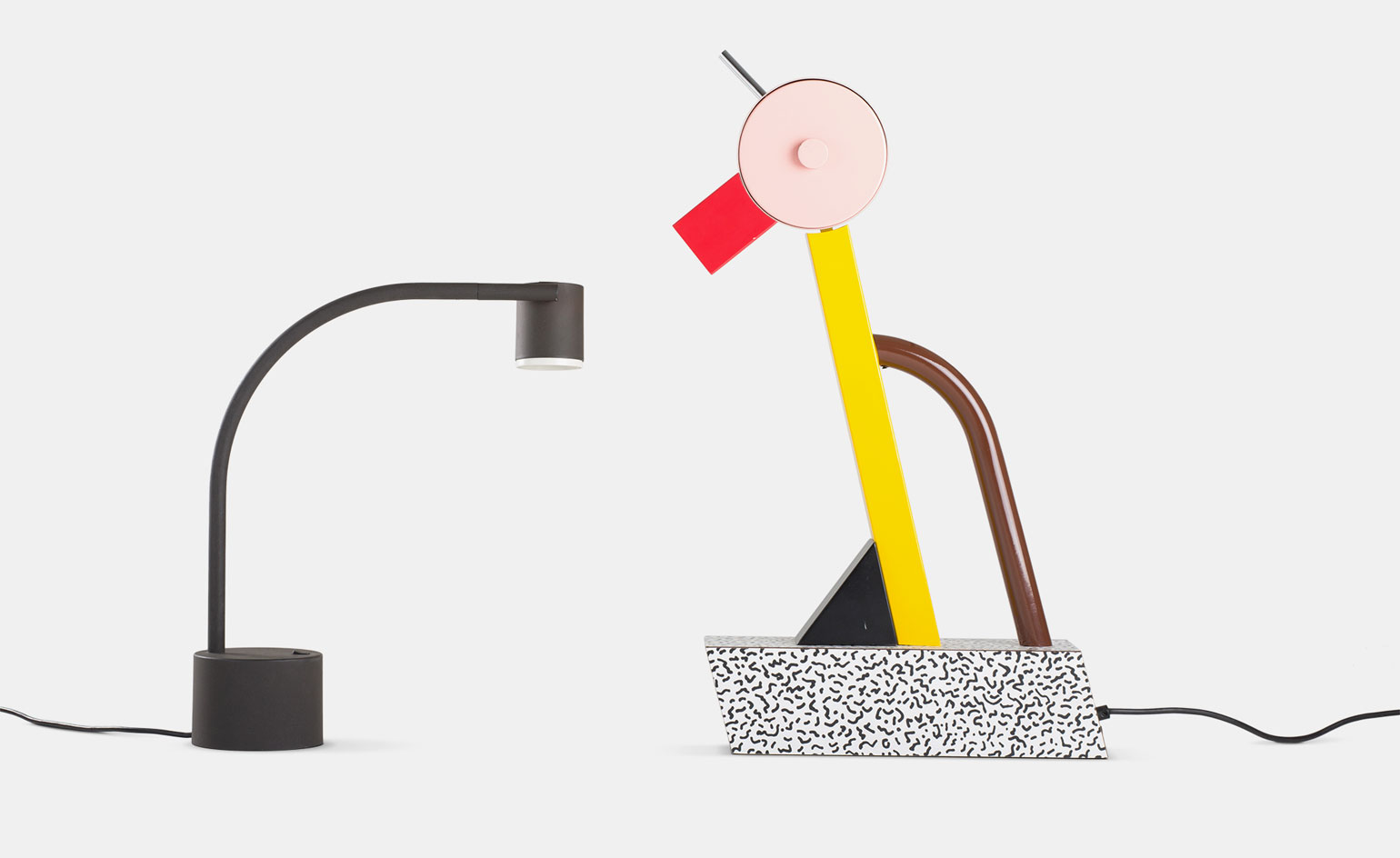
Exhibitions documenting the life and work of Ettore Sottsass (1917–2007) abound this year as galleries and museums – such as The Met and Le Stanze del Vetro – celebrate what would have been the influential Austro-Italian designer’s 100th birthday. One of the latest surveys comes courtesy of furniture manufacturing megalith Vitra, which recently opened ‘Ettore Sottsass – Rebel and Poet’ at its Basel campus in Switzerland.
Located in the new Herzog & de Meuron-designed Schaudepot space, the exhibition sees the family-owned brand draw from its own archives to form a showcase of approximately 30 of Sottsass’ furniture designs, consumer products, as well as numerous photographs and writings. The exhibition, Vitra says, ‘pays tribute to an extraordinary designer who did not regard form and function as constraints, but rather viewed design as an opportunity to explore the nature of human existence’.
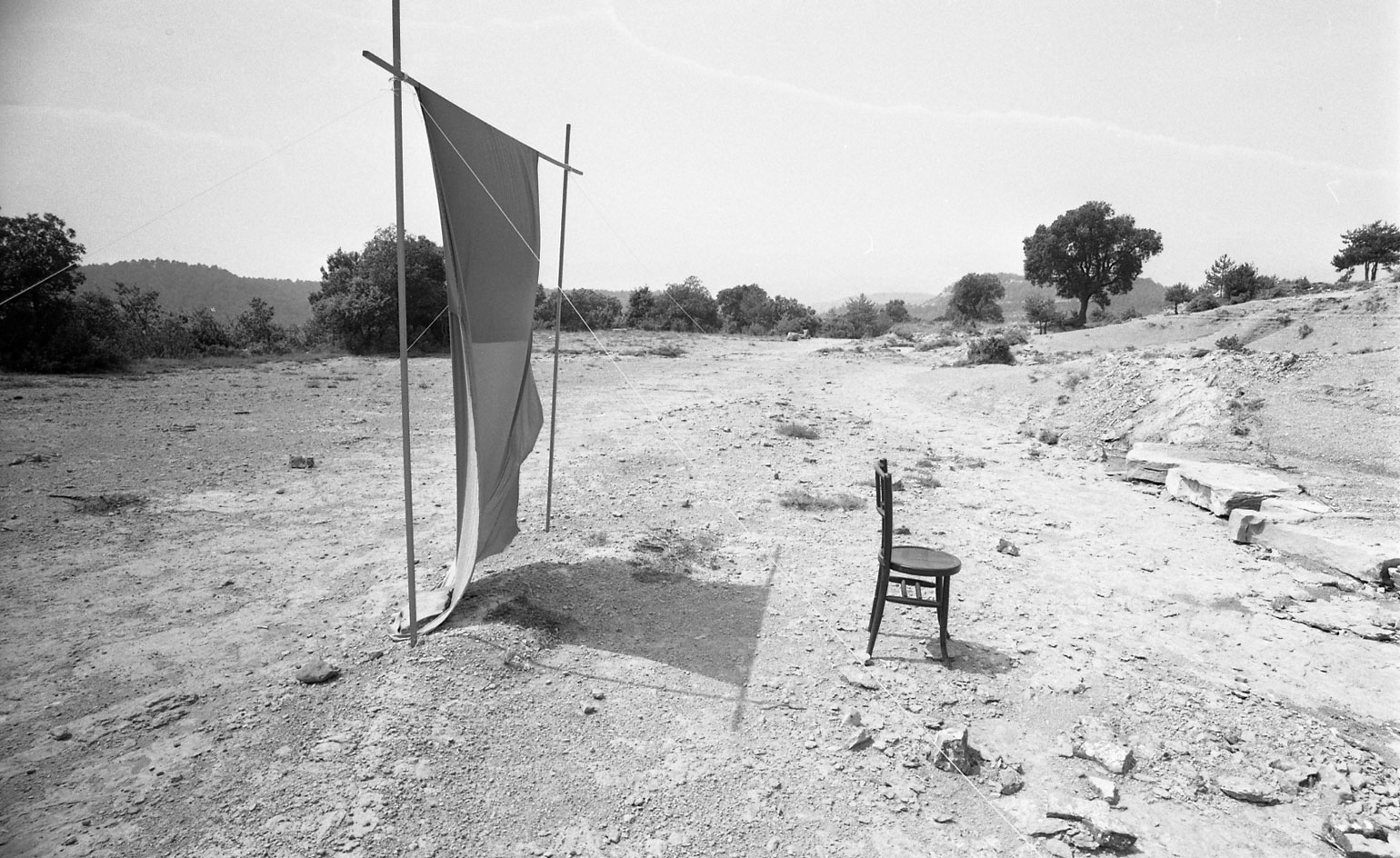
Vich, from the series ‘Metafore’, 1973. Photography: Ettore Sottsass. Courtesy of Studio Ettore Sottsass
Supplemented by excerpts from Sottsass’ poetic and literary texts, as well as photographs from the ‘Metafore’ series (1972-1979), where Sottsass reveals his thoughts on fundamental design issues, the exhibition tracks the unconventional designer’s development, and demonstrates how he succeeded in challenging the established tastes of the middle class throughout his career.
His collaborations with furniture manufacturer Poltronova and office equipment manufacturer Olivetti resulted in bold, rule-breaking designs that demonstrate his early love of vivid colours and distinctive structures. His ‘Califfo’ sofa (1964) for Poltronova is among the exhibited works, as is his pillar box red ‘Valentine’ typewriter (1969) for Olivetti.
In the 1970s, Sottsass took on various roles: as a participant in the Museum of Modern Art’s exhibition ‘Italy: The New Domestic Landscape’ (1972); as a central figure of the design initiative Global Tools (1973-1975); and as a member of the design collective Alchimia (1976-1980), when he created the characterful ‘Seggiolina da Pranzo’ (1979-80) – one the 30 showcased pieces.
However, Sottsass is perhaps best remembered as the leading figure of the 1980s design collective Memphis, where he created some of his most distinctive work. Inspired by pop culture and liberated from a functionalist design approach, it was during this time that Sottsass created the ‘Carlton’ bookcase (1981), the lamps ‘Ashoka’ (1981) ‘Tahiti’ (1981), and the ‘Tartar’ table (1985).
Running until 24 September, Vitra’s exhibition serves as an insightful tribute to this 20th-century designer, rebel and poet, whose legacy continues to enrich our everyday lives.
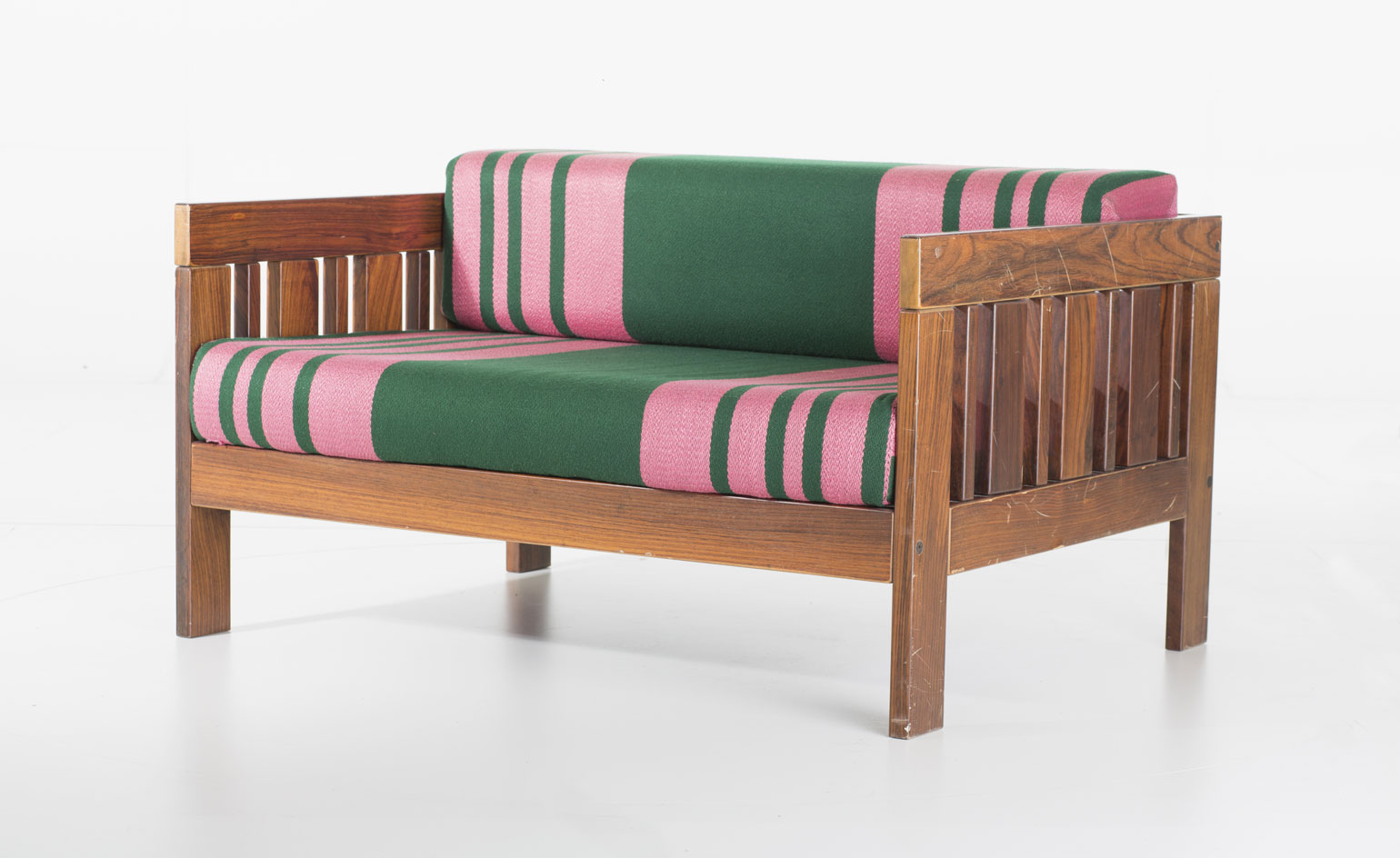
‘Califfo’ sofa, produced by Poltronova, 1964. Photography: Jargen Hans
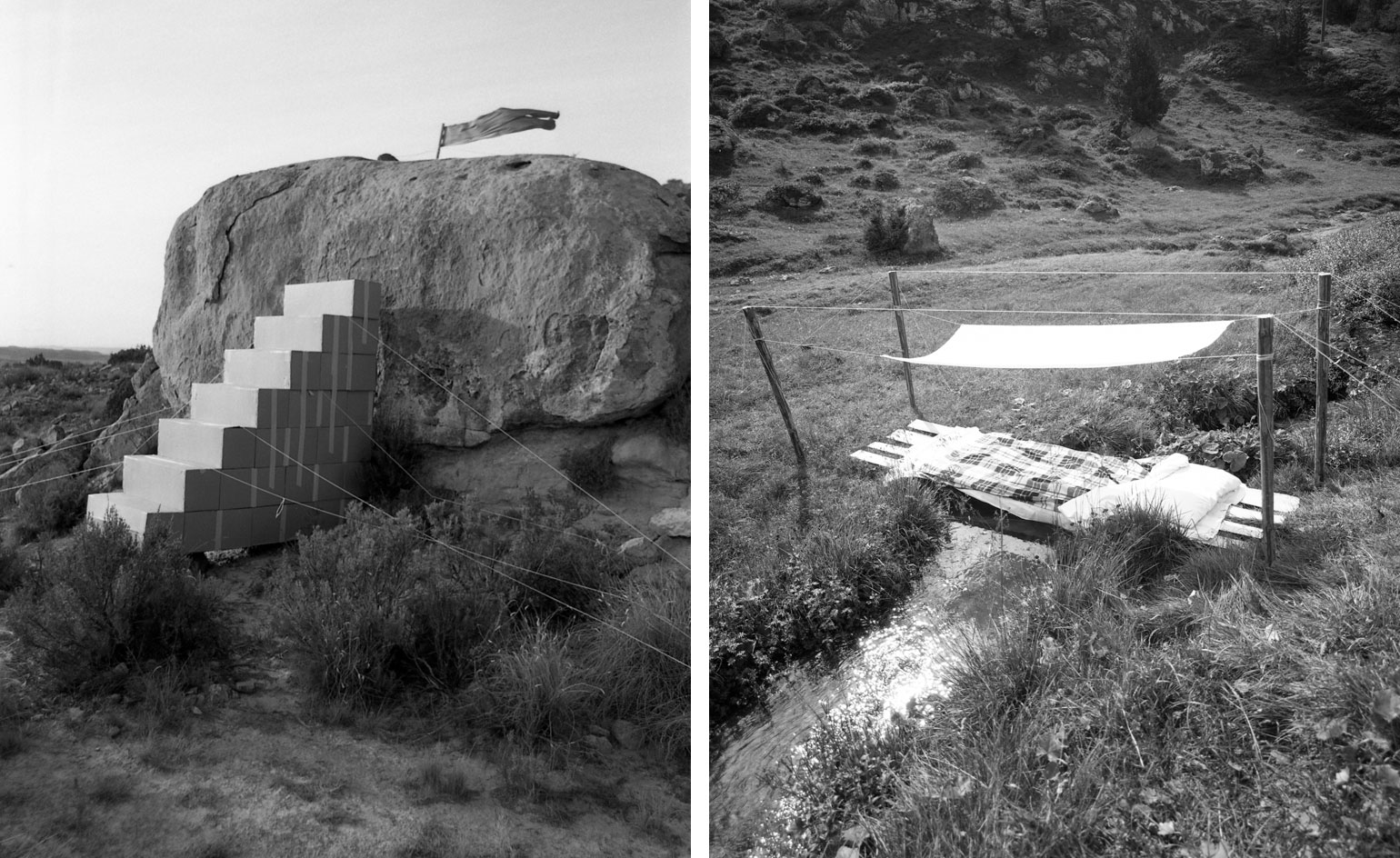
From left, Balaguer, 1974, and Banolas, 1973, both from the series ‘Metafore’. Photography: Ettore Sottsass. Courtesy of Studio Ettore Sottsass
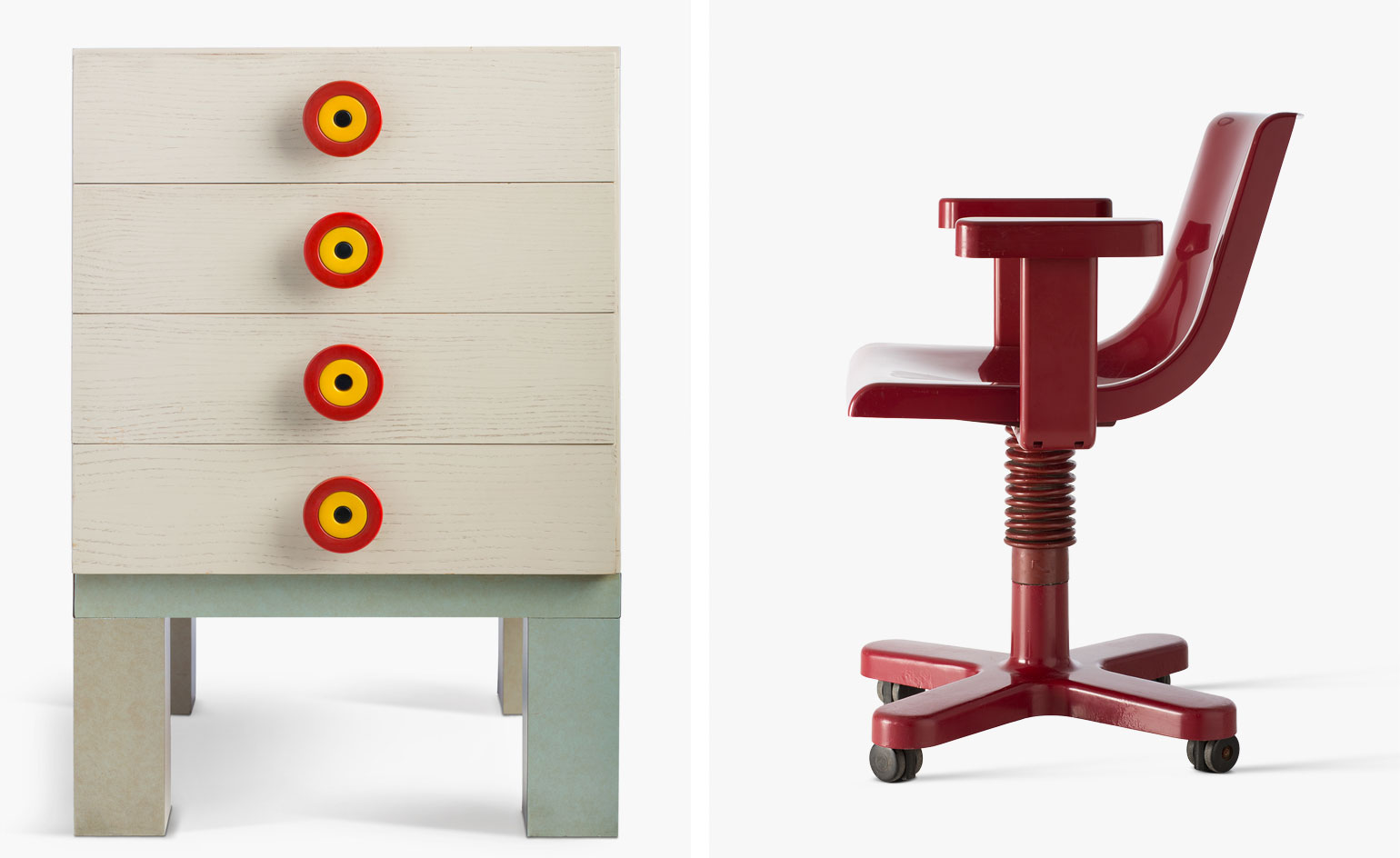
‘Kubirolo’ chest of drawers, 1966-1967, produced by Poltronova, and ‘Synthesis 45’ chair, 1972, produced by Olivetti. Photography: Jürgen Hans
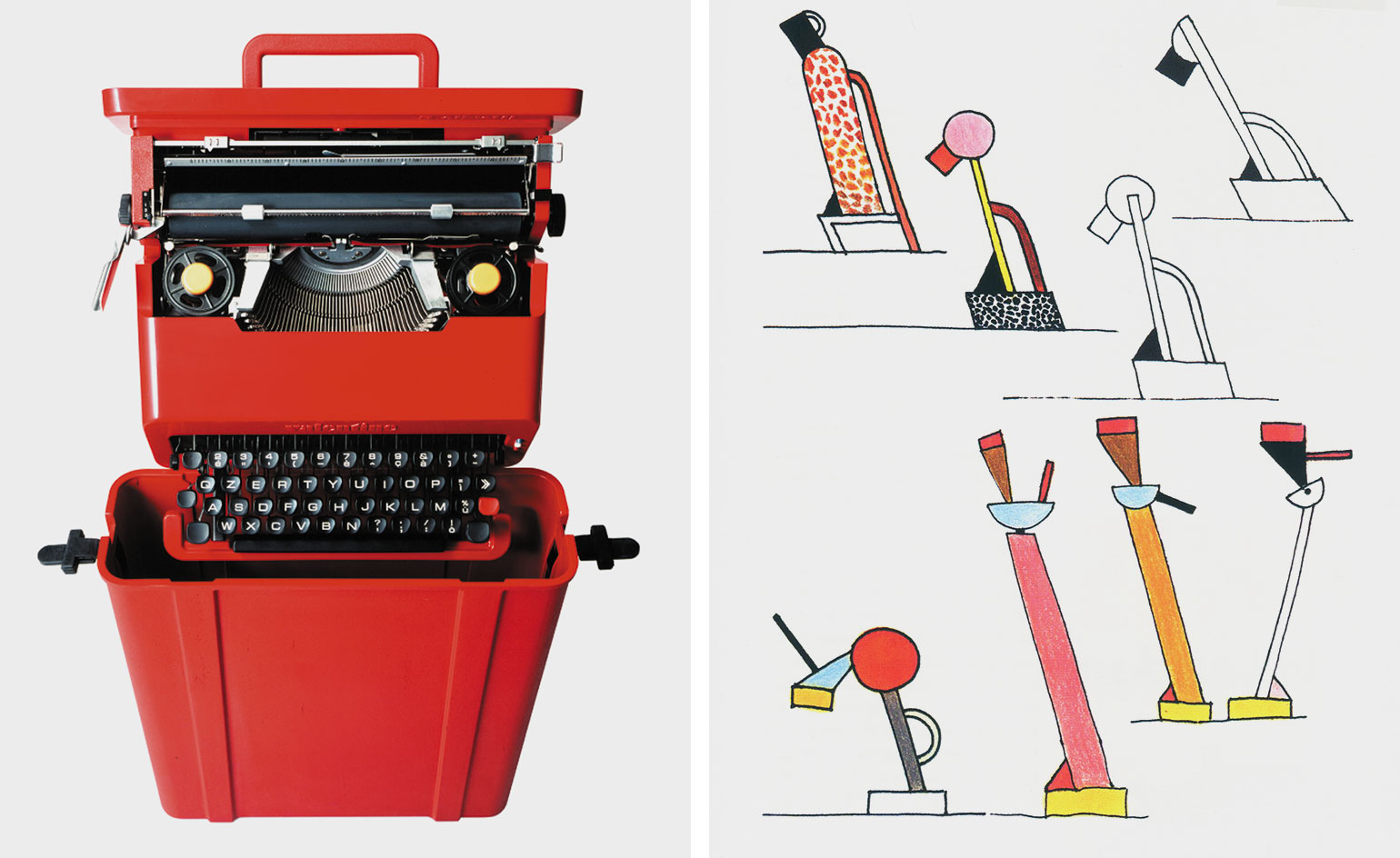
Left, ‘Valentine’ typewriter, 1969, by Ettore Sottsass and Perry A King, produced by Olivetti. Photography: Alberto Fioravanti. Courtesy of Studio Ettore Sottsass. Right, sketches for the ‘Tahiti’ und ‘Cavalieri’ lamps, 1981
INFORMATION
‘Ettore Sottsass – Rebel and Poet’ is on view until 24 September. For more information, visit the Vitra Museum website
ADDRESS
Vitra Schaudepot
Charles-Eames-Strasse 2
79576 Weil am Rhein
Receive our daily digest of inspiration, escapism and design stories from around the world direct to your inbox.
Ali Morris is a UK-based editor, writer and creative consultant specialising in design, interiors and architecture. In her 16 years as a design writer, Ali has travelled the world, crafting articles about creative projects, products, places and people for titles such as Dezeen, Wallpaper* and Kinfolk.
-
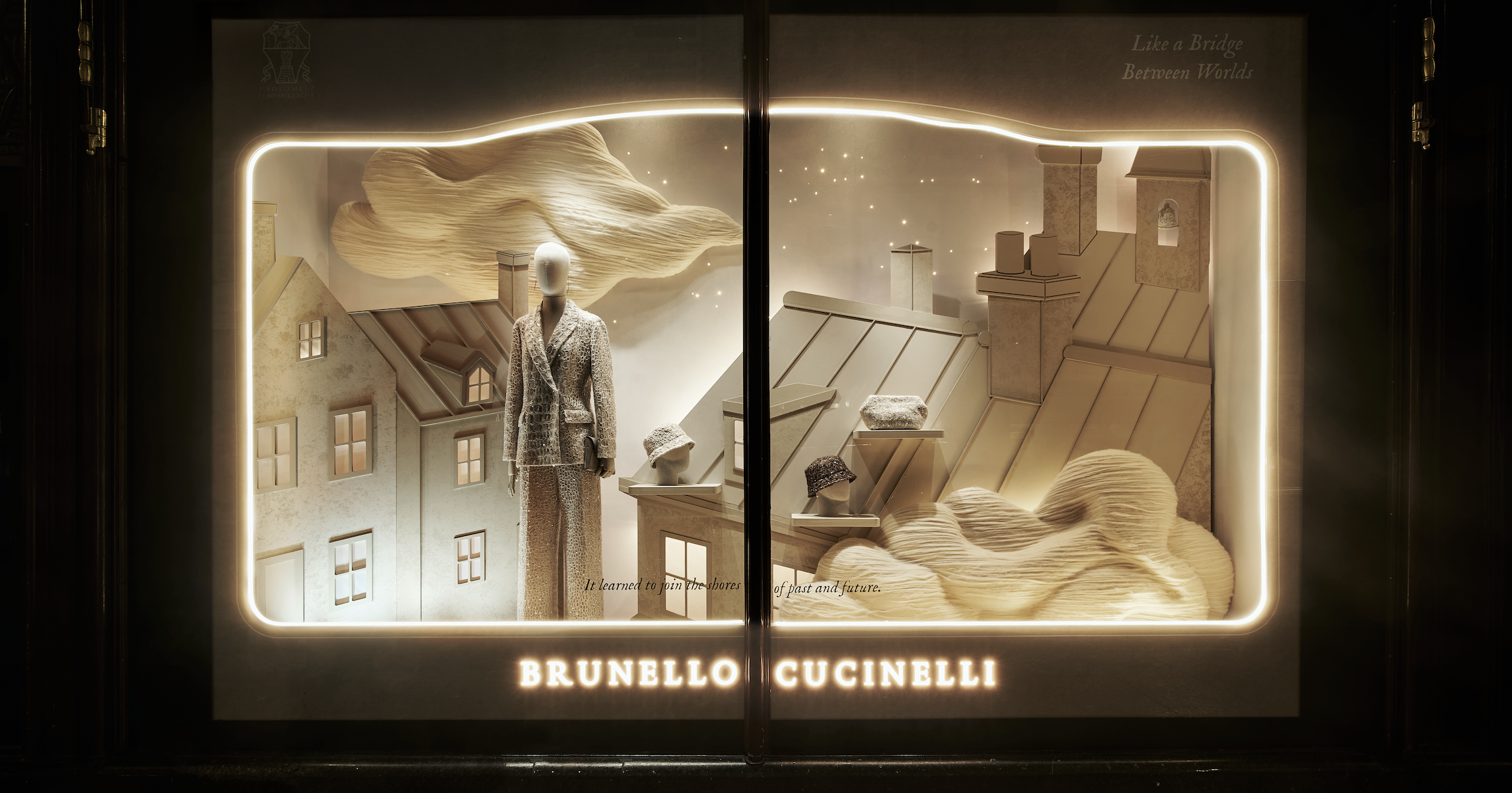 Brunello Cucinelli’s festive takeover of Harrods turns the department store into a cashmere wonderland
Brunello Cucinelli’s festive takeover of Harrods turns the department store into a cashmere wonderlandUnveiled this morning, the Umbrian fashion house has taken over the store’s iconic Brompton Road windows, celebrating the spirit of its home town of Solomeo in fantastical fashion
-
 Each mundane object tells a story at Pace’s tribute to the everyday
Each mundane object tells a story at Pace’s tribute to the everydayIn a group exhibition, ‘Monument to the Unimportant’, artists give the seemingly insignificant – from discarded clothes to weeds in cracks – a longer look
-
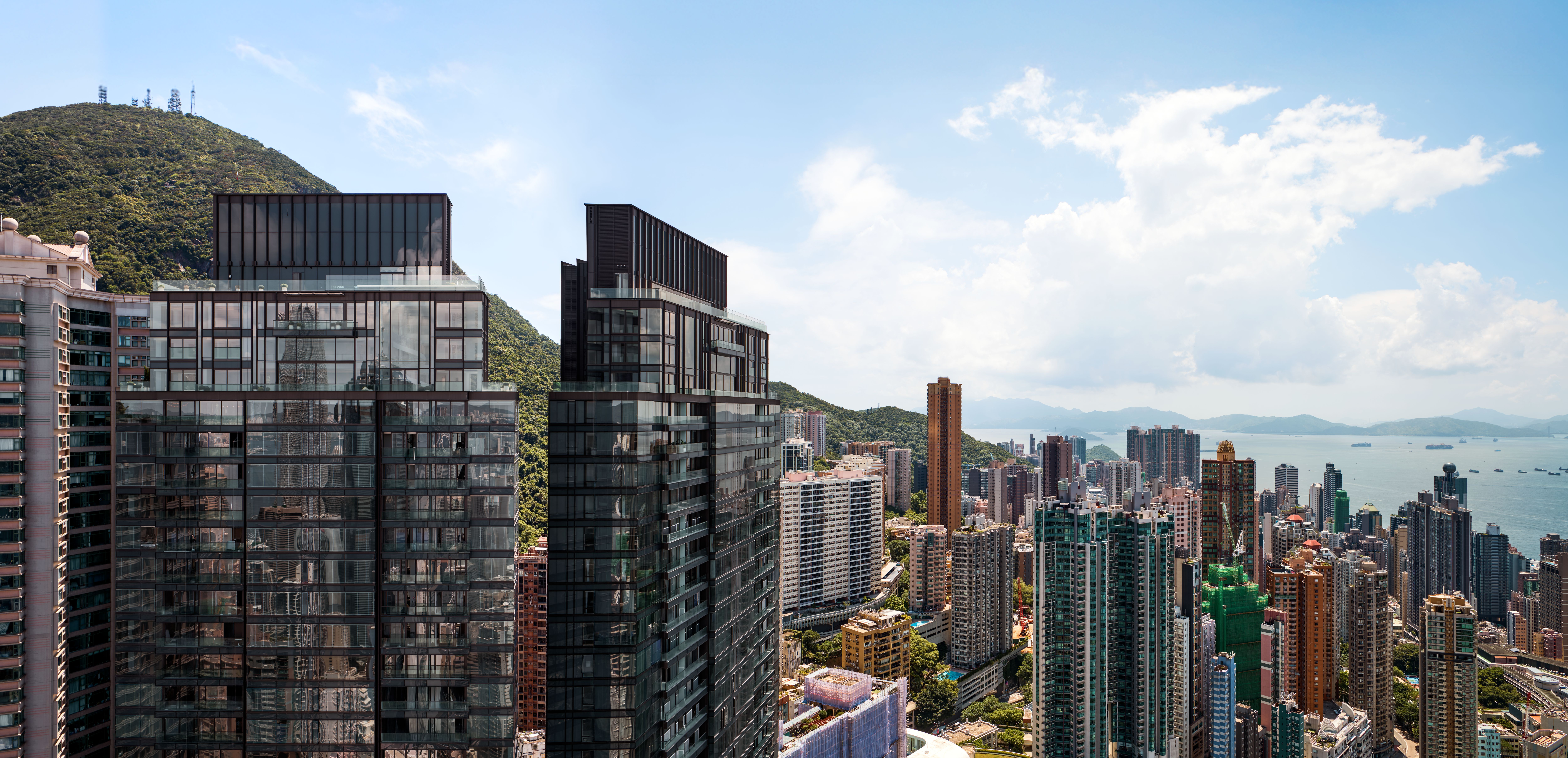 Discover The Legacy, Hong Kong’s eye-catching new condo
Discover The Legacy, Hong Kong’s eye-catching new condoThe Legacy, by ACPV Architects Antonio Citterio Patricia Viel, is a striking new condo tower that aims to ‘create a sense of community and solidarity among people’
-
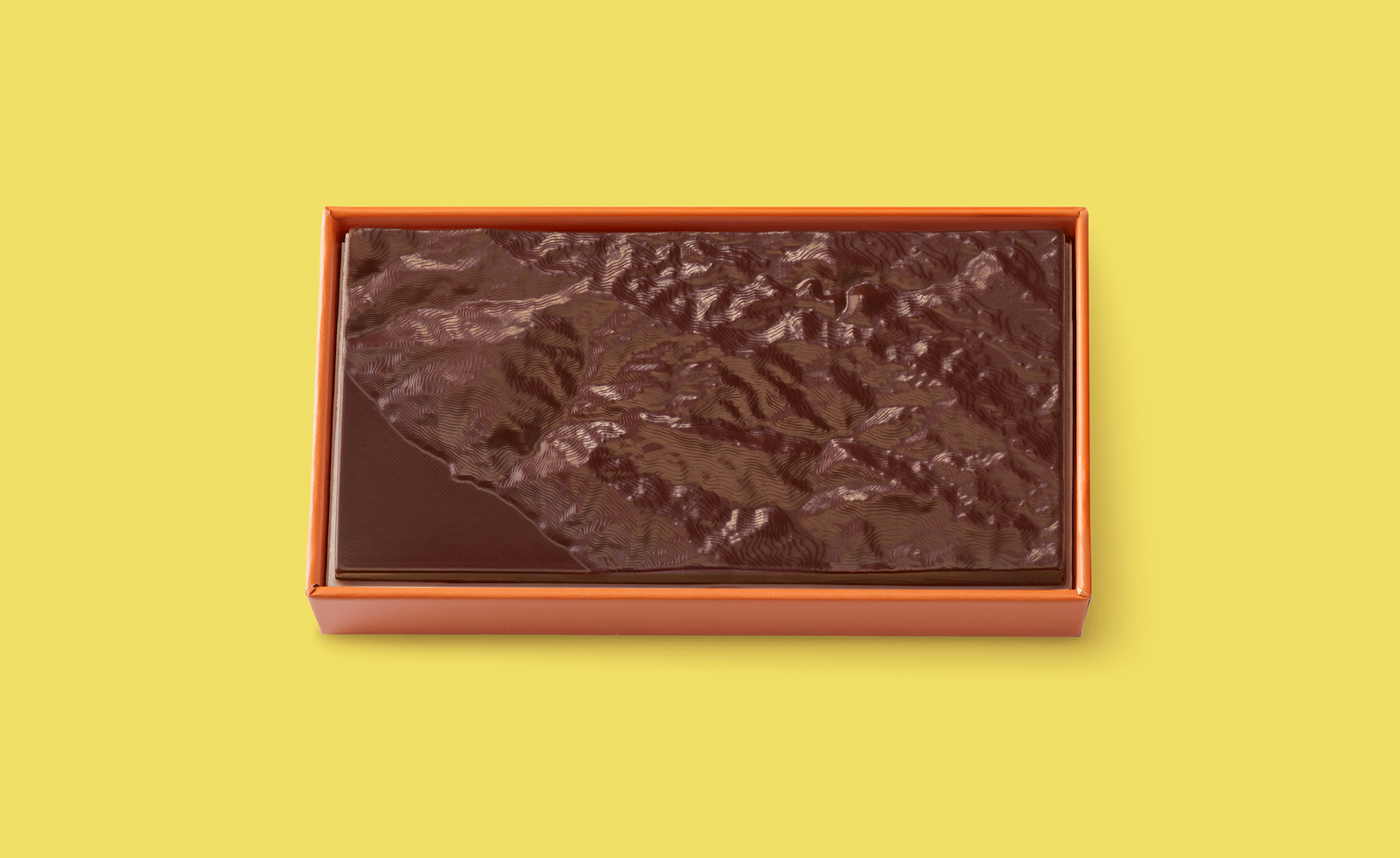 Ed Ruscha’s foray into chocolate is sweet, smart and very American
Ed Ruscha’s foray into chocolate is sweet, smart and very AmericanArt and chocolate combine deliciously in ‘Made in California’, a project from the artist with andSons Chocolatiers
-
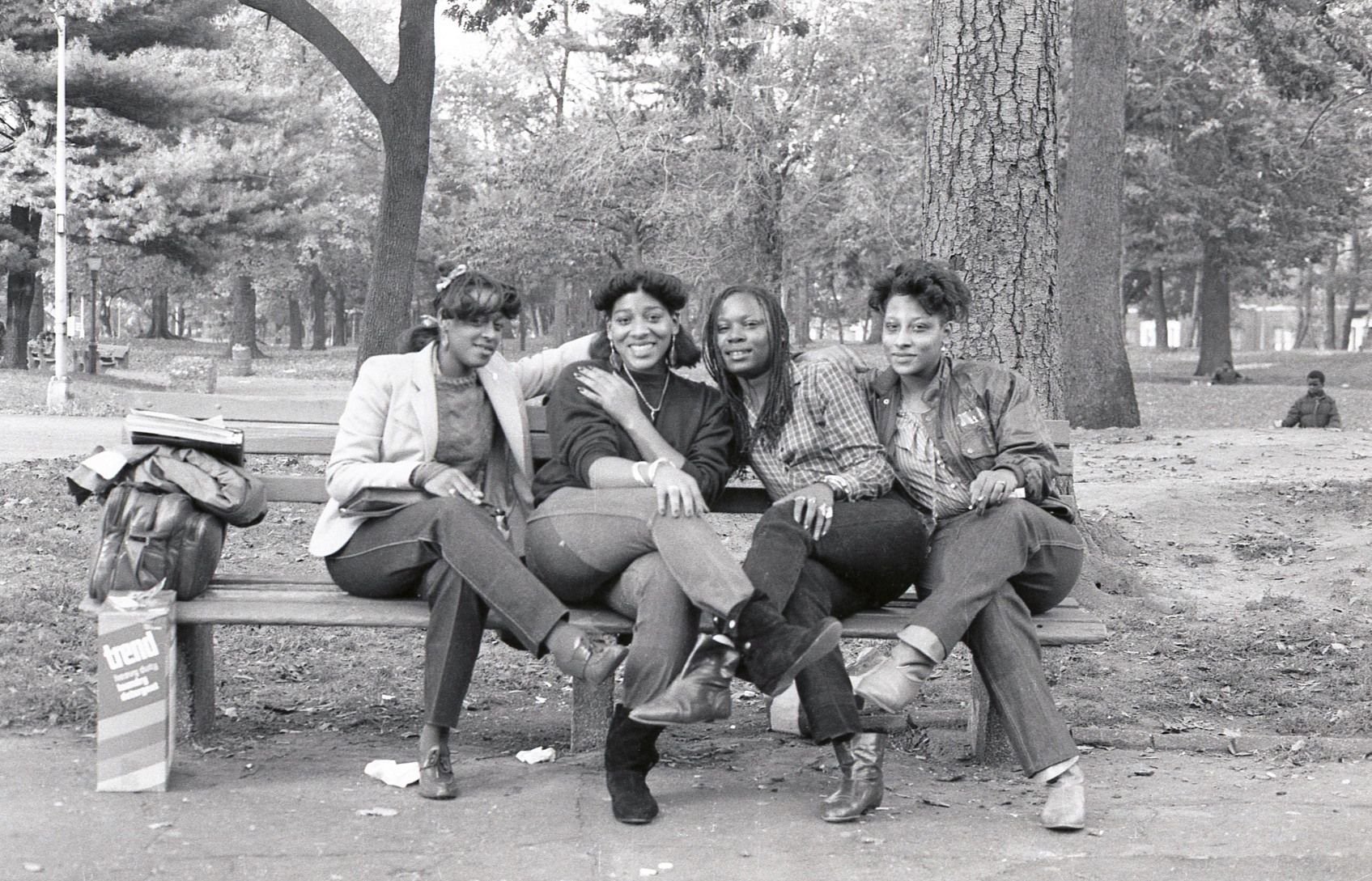 Jamel Shabazz’s photographs are a love letter to Prospect Park
Jamel Shabazz’s photographs are a love letter to Prospect ParkIn a new book, ‘Prospect Park: Photographs of a Brooklyn Oasis, 1980 to 2025’, Jamel Shabazz discovers a warmer side of human nature
-
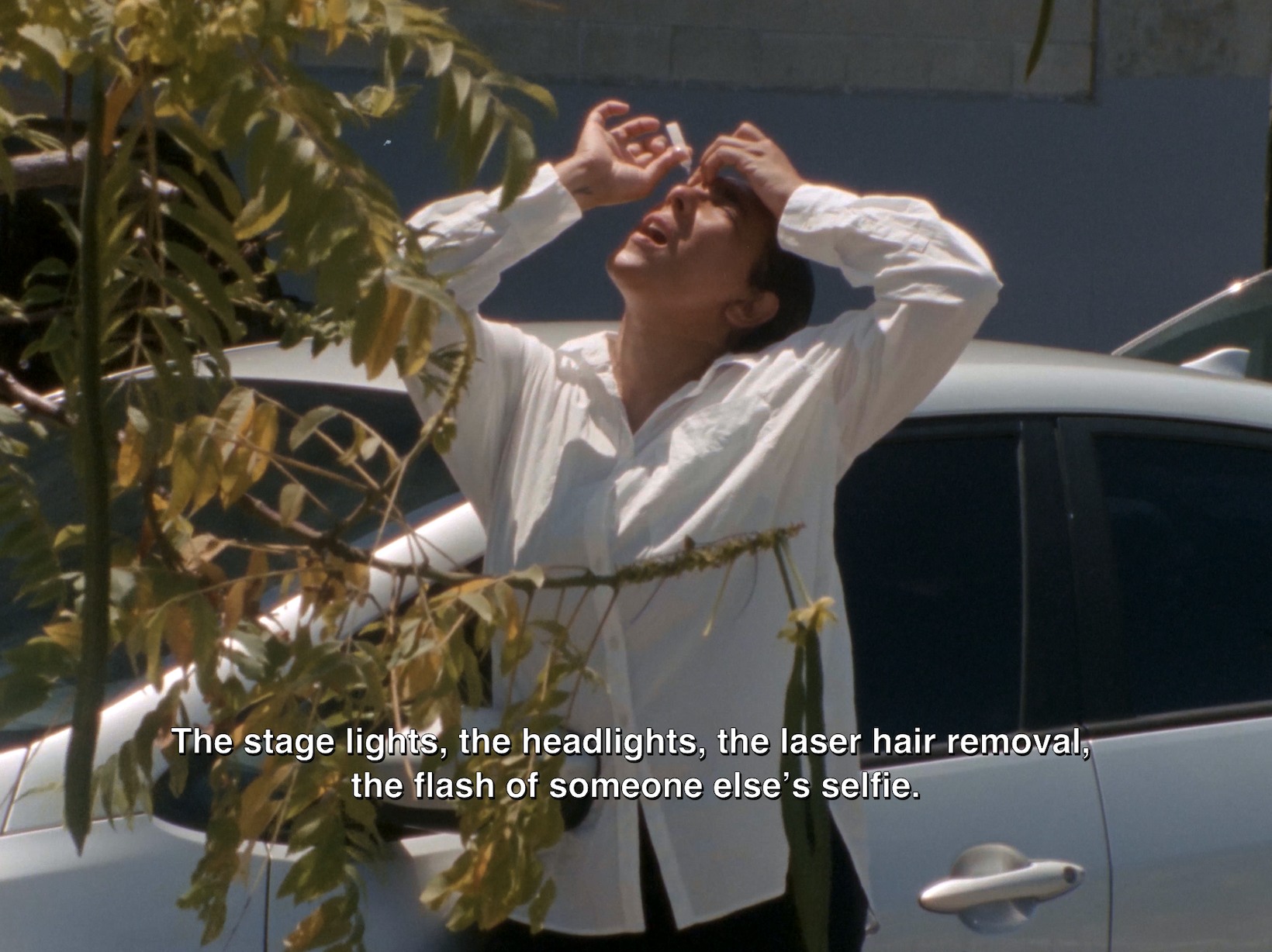 The Hammer Museum in Los Angeles launches the seventh iteration of its highly anticipated artist biennial
The Hammer Museum in Los Angeles launches the seventh iteration of its highly anticipated artist biennialOne of the gallery's flagship exhibitions, Made in LA showcases the breadth and depth of the city's contemporary art scene
-
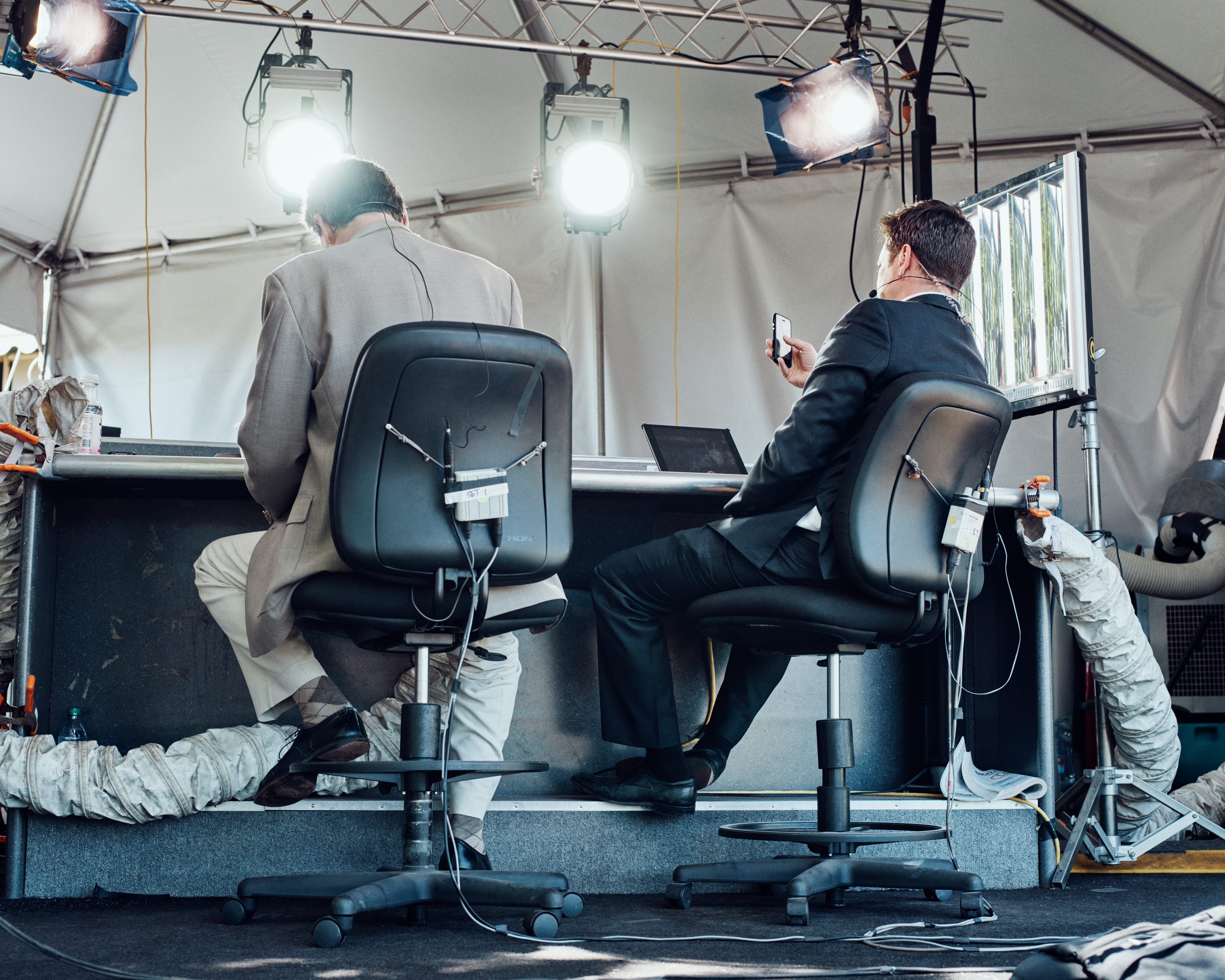 Thomas Prior’s photography captures the uncanny fragility of American life
Thomas Prior’s photography captures the uncanny fragility of American lifeA new book unites two decades of the photographer’s piercing, uneasy work
-
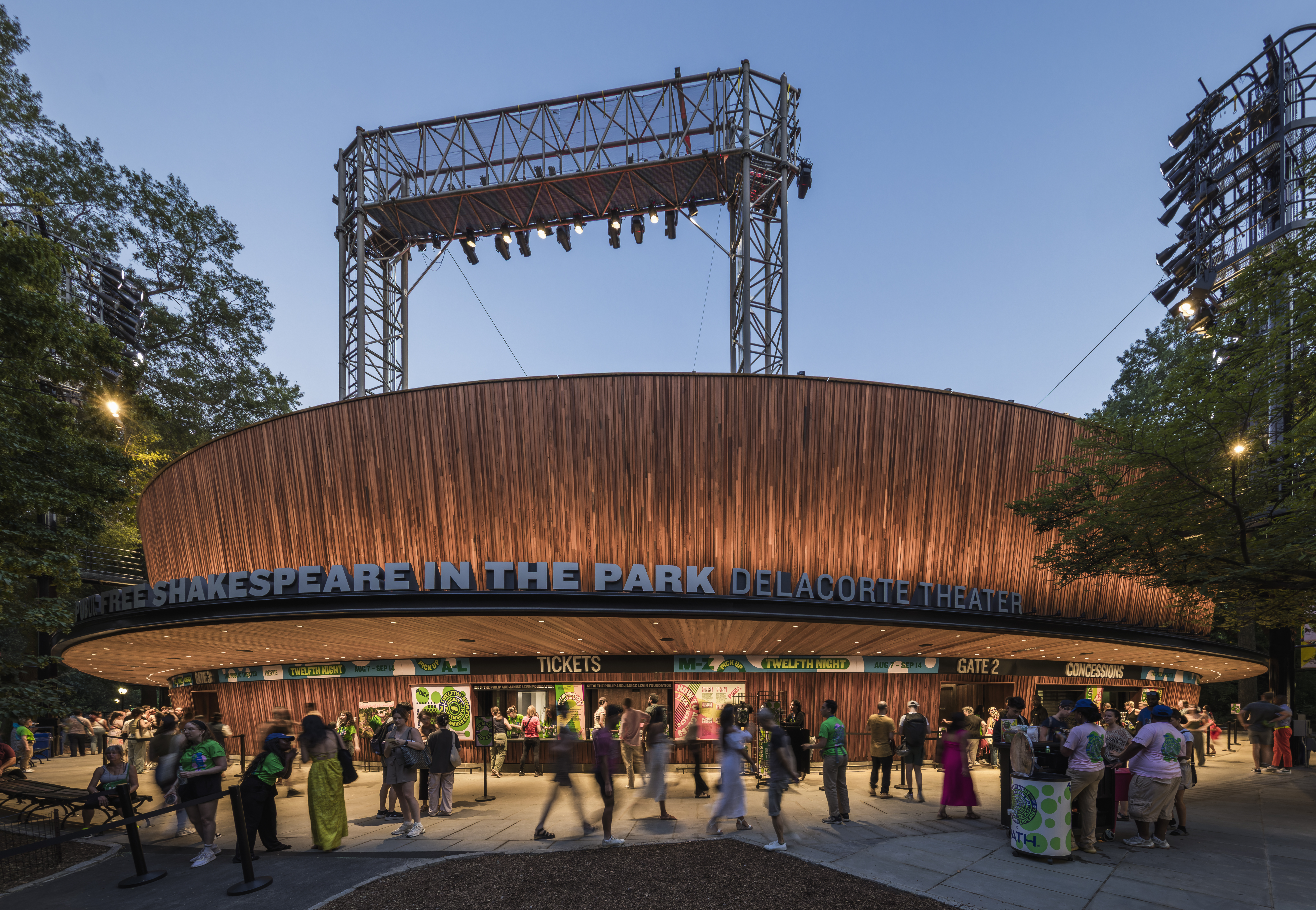 Central Park’s revitalised Delacorte Theater gears up for a new future
Central Park’s revitalised Delacorte Theater gears up for a new futureEnnead Architects helmed an ambitious renovation process that has given the New York City cultural landmark a vibrant and more accessible future
-
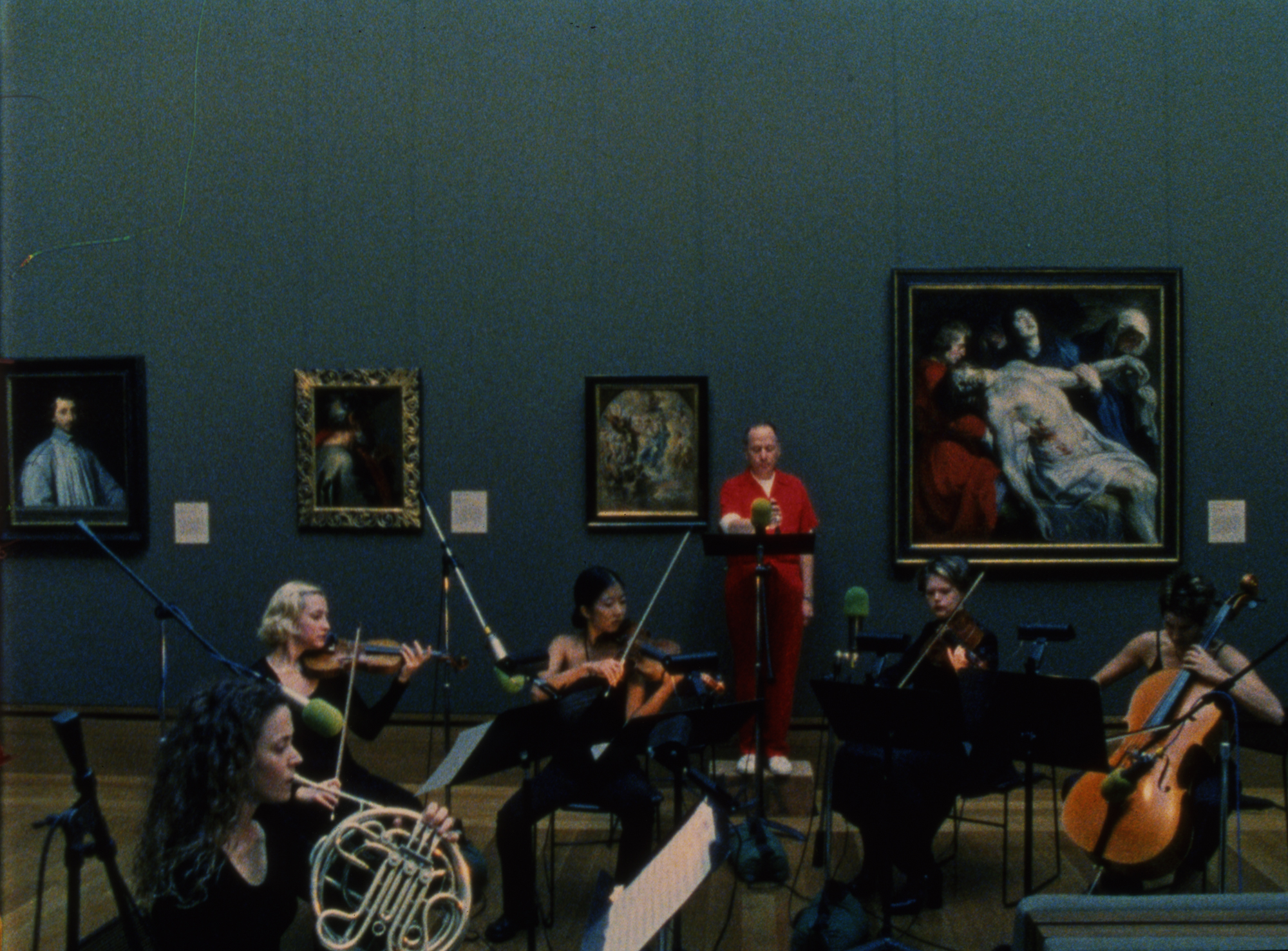 Stephen Prina borrows from pop, classical and modern music: now MoMA pays tribute to his performance work
Stephen Prina borrows from pop, classical and modern music: now MoMA pays tribute to his performance work‘Stephen Prina: A Lick and a Promise’ recalls the artist, musician, and composer’s performances, and is presented throughout MoMA. Prina tells us more
-
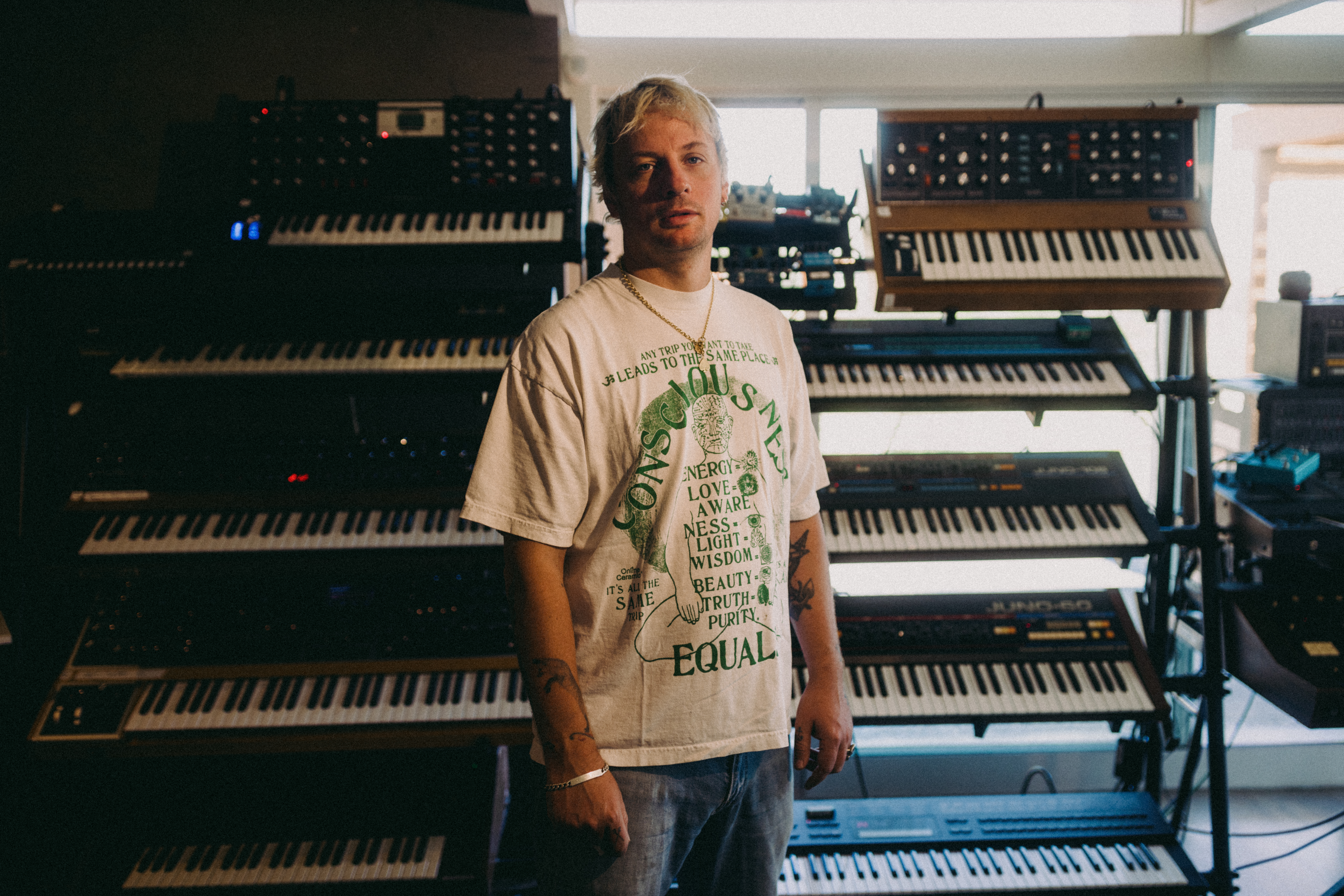 Curtains up, Kid Harpoon rethinks the sound of Broadway production ‘Art’
Curtains up, Kid Harpoon rethinks the sound of Broadway production ‘Art’He’s crafted hits with Harry Styles and Miley Cyrus; now songwriter and producer Kid Harpoon (aka Tom Hull) tells us about composing the music for the new, all-star Broadway revival of Yasmina Reza’s play ‘Art’
-
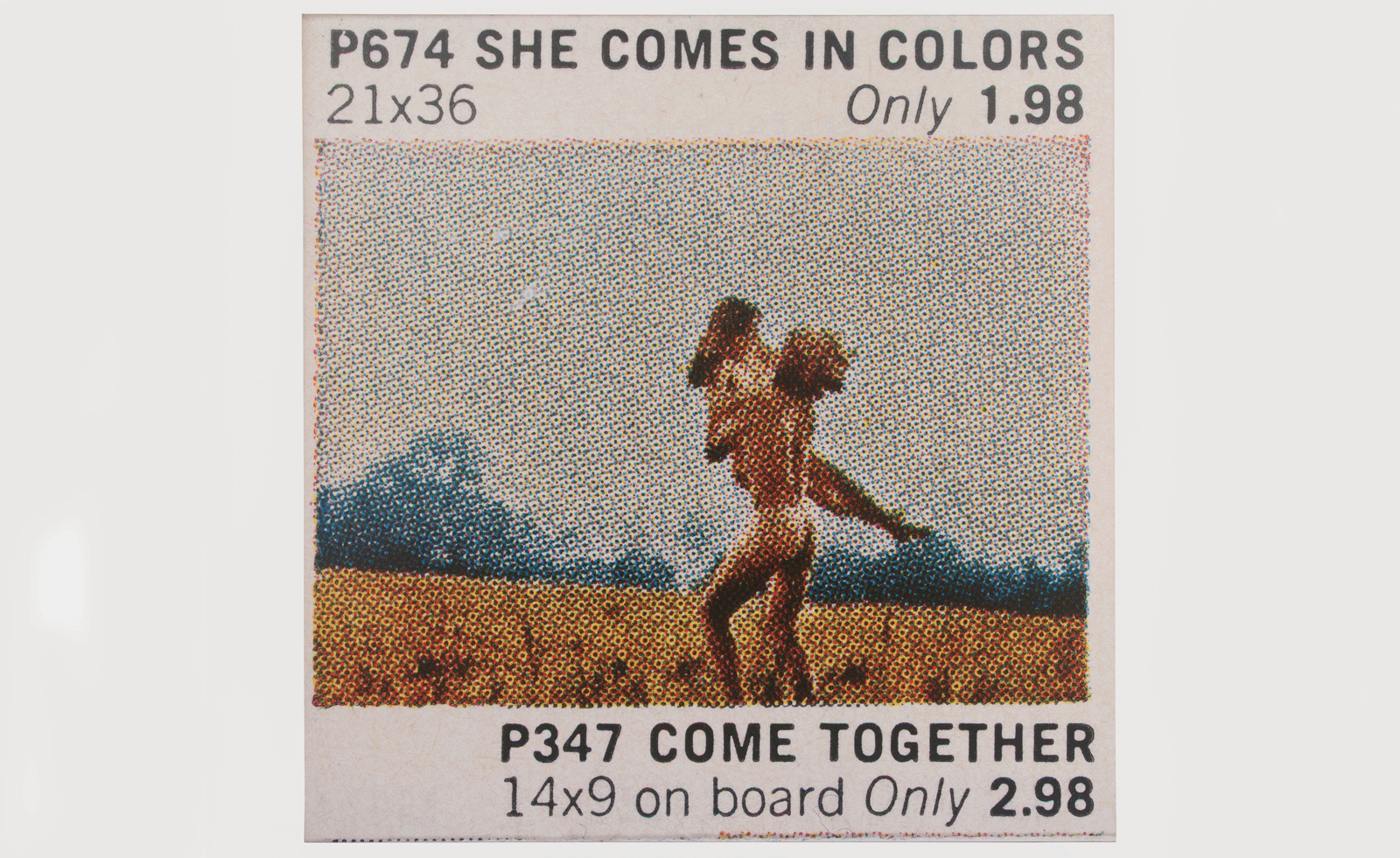 Richard Prince recontextualises archival advertisements in Texas
Richard Prince recontextualises archival advertisements in TexasThe artist unites his ‘Posters’ – based on ads for everything from cat pictures to nudes – at Hetzler, Marfa